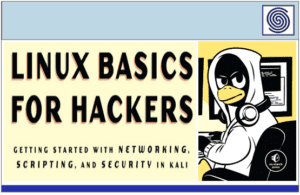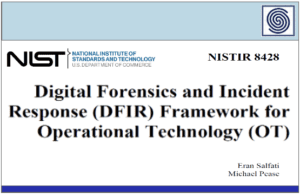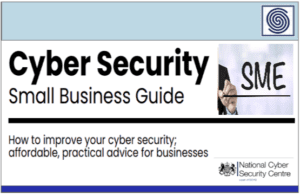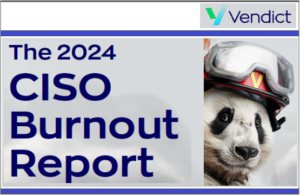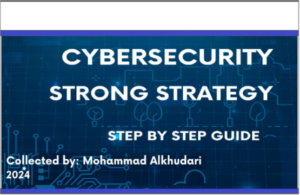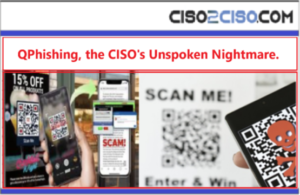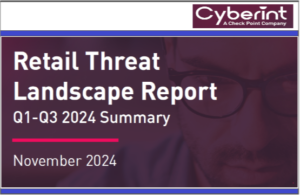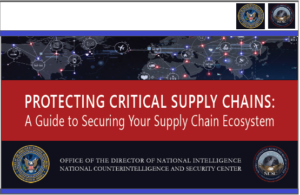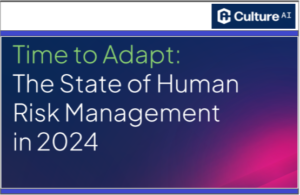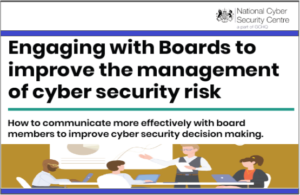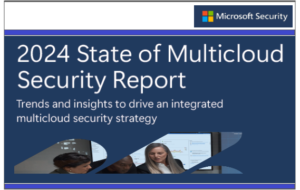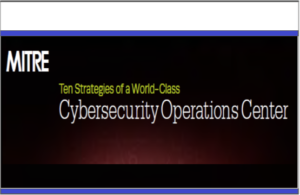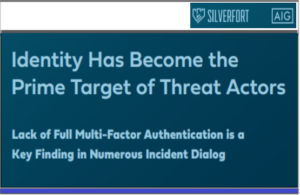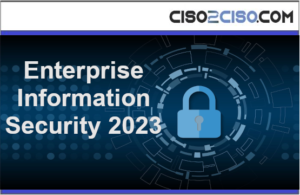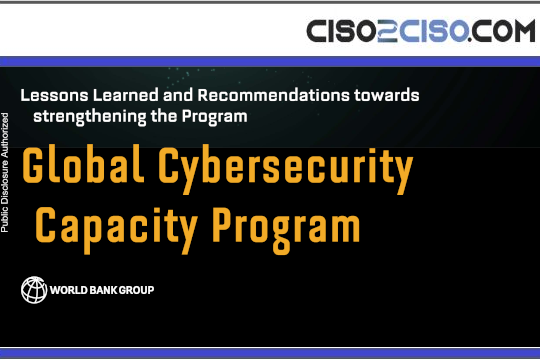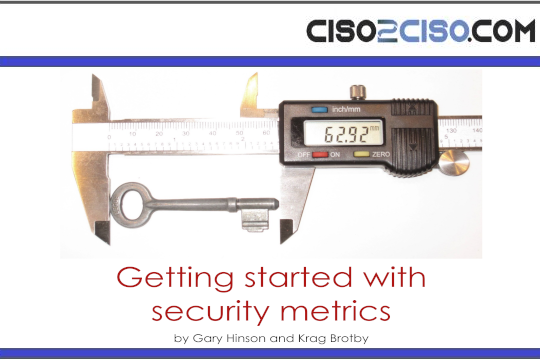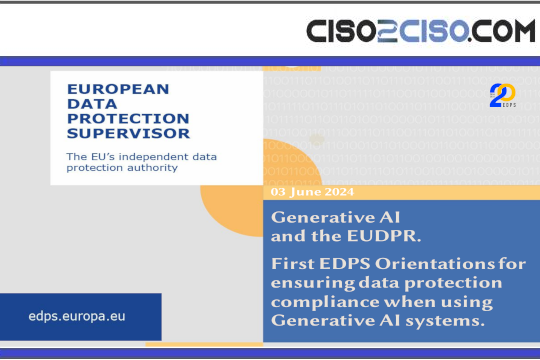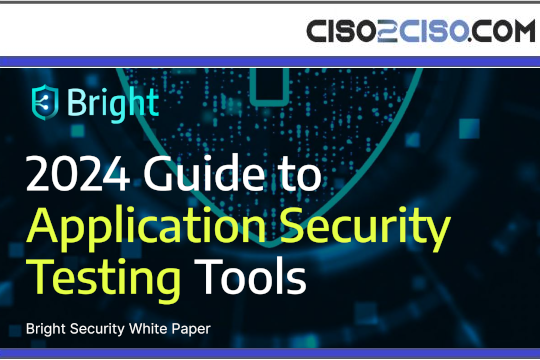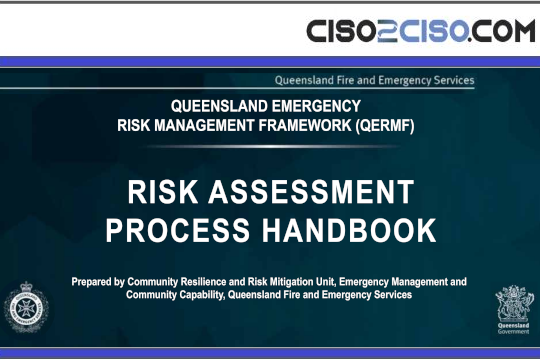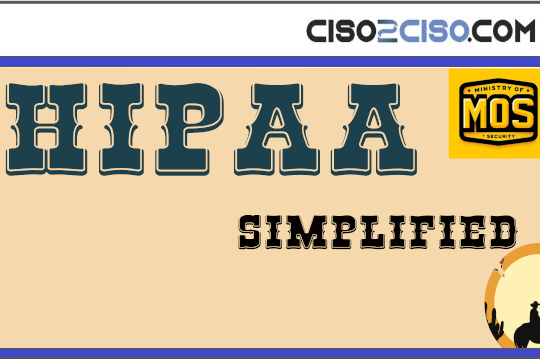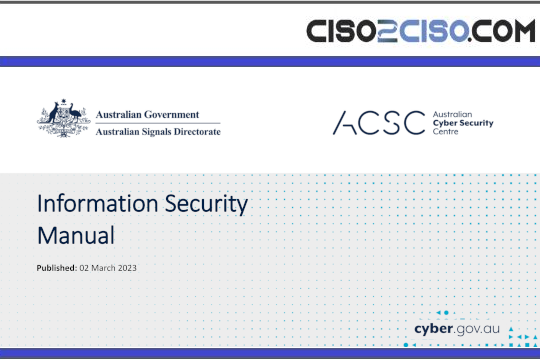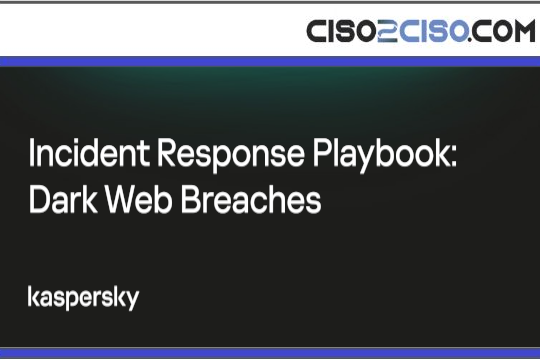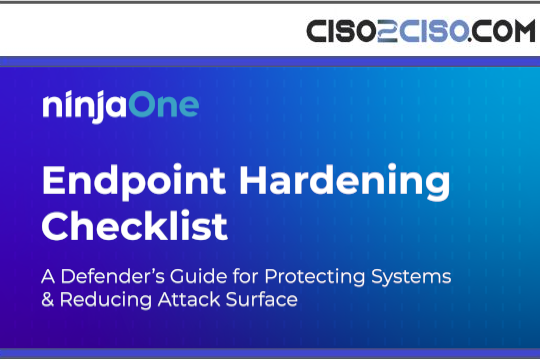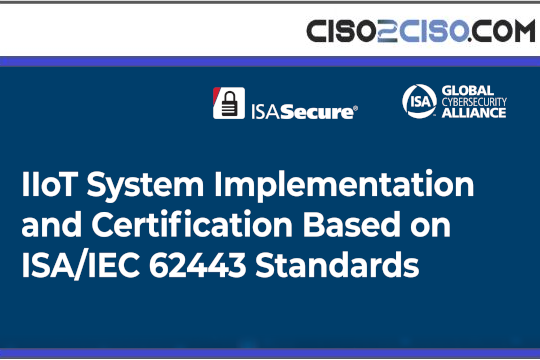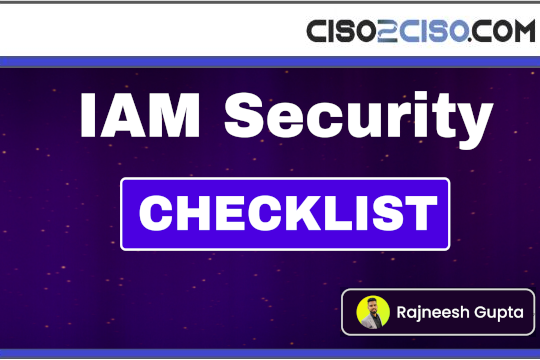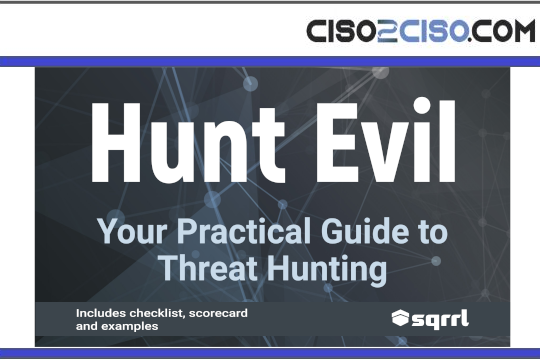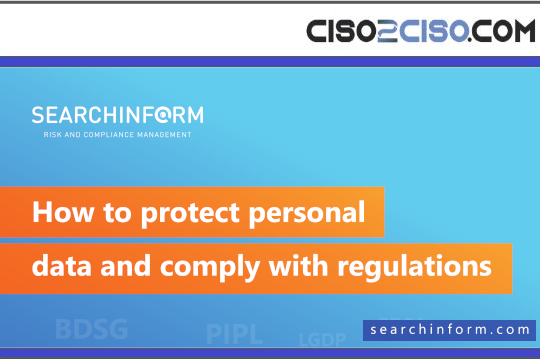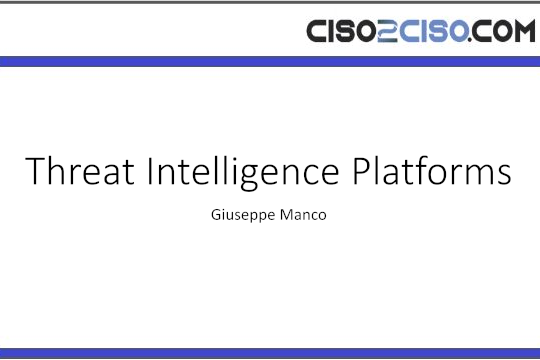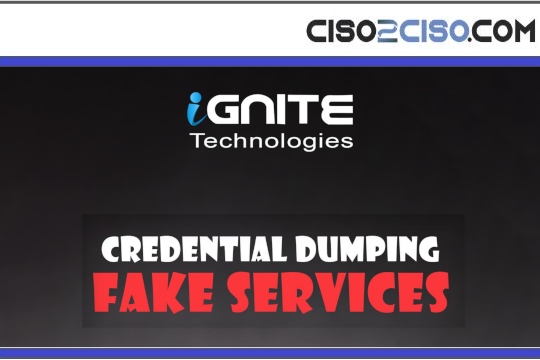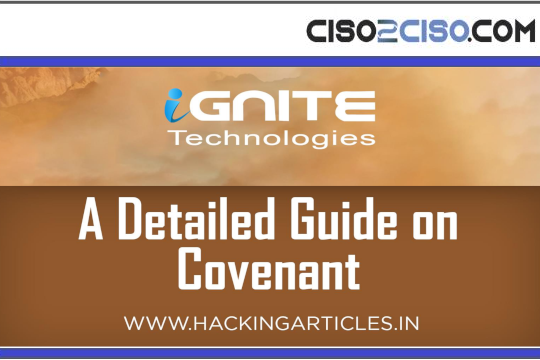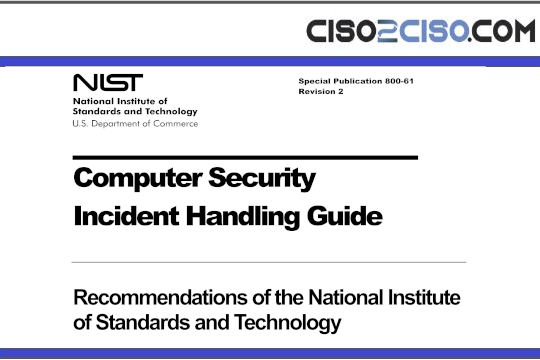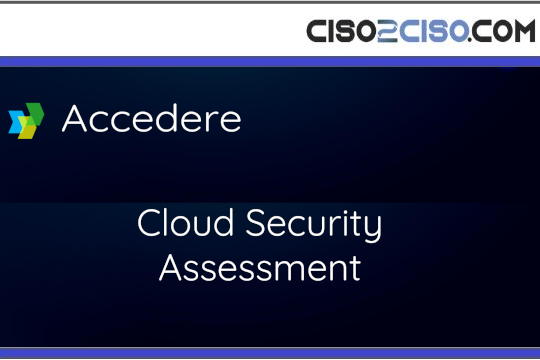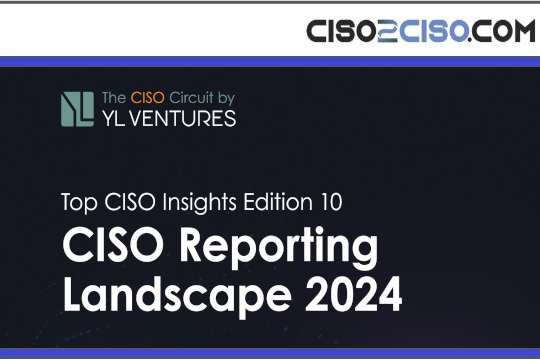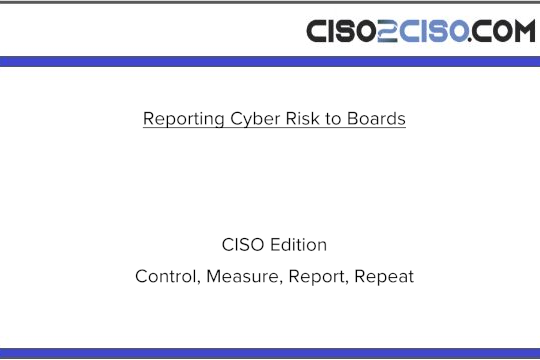Source: securityboulevard.com – Author: Maycie Belmore
One of the cornerstones of robust security is an effective vulnerability management process, which involves identifying, assessing, and mitigating risks across your systems. In this guide, we’ll explore what vulnerability management tools are, their key features, and how Swimlane’s Vulnerability Response Management (VRM) solution enhances the process through AI security automation.
Vulnerability management is a continuous, proactive process of identifying, evaluating, and addressing vulnerabilities in your organization’s IT infrastructure. This includes software flaws, misconfigurations, and weak security settings that could be exploited by attackers.
The importance of vulnerability management in cybersecurity cannot be overstated. A vulnerability left unaddressed is a potential entry point for cybercriminals, making the identification and remediation of these weaknesses essential to protecting your organization from data breaches, ransomware attacks, and other threats.
What is a Vulnerability Management Tool?
A vulnerability management tool is designed to automate the identification and assessment of vulnerabilities in a system. These tools scan your network, applications, and devices for known security flaws and misconfigurations, providing reports that help IT teams prioritize remediation efforts based on the severity of the threats.
The role of vulnerability management tools extends beyond mere identification—they are a key part of proactive risk mitigation, offering continuous monitoring, scanning, and patch management to help ensure vulnerabilities are addressed before they are exploited by attackers.
The Role of Vulnerability Management Tools
Vulnerability management tools play a critical role in protecting an organization’s infrastructure and sensitive data. Here’s a breakdown of their key functions:
- Identifying, assessing, and mitigating vulnerabilities: These tools continuously scan systems and report on vulnerabilities in real-time, enabling teams to identify weaknesses before they can be exploited.
- Continuous monitoring and risk assessment: By continuously monitoring the IT environment, these tools help organizations keep track of evolving risks and ensure vulnerabilities are addressed promptly.
- Compliance and regulatory considerations: Vulnerability management tools also help ensure compliance with industry regulations (e.g., GDPR, HIPAA) by providing documentation and reporting capabilities that track vulnerability remediation.
4 Key Features of Effective Vulnerability Management Tools
When selecting a vulnerability management tool, it’s important to consider the features that will best suit your organization’s needs. The most effective tools should offer the following:
- Automated scanning and detection: Automatic scans of networks, endpoints, and applications to detect known vulnerabilities quickly.
- Risk prioritization and threat intelligence integration: Effective tools integrate threat intelligence to prioritize vulnerabilities based on risk, ensuring that critical threats are addressed first.
- Remediation and patch management: The ability to trigger automated remediation actions or alerts to ensure vulnerabilities are patched and mitigated swiftly.
- Reporting and compliance tracking: Vulnerability management tools should generate reports that track vulnerabilities and remediation progress, aiding in compliance audits and continuous security improvement.
Common Types of Vulnerability Management Tools
Vulnerability management tools come in various forms, each tailored to specific environments or needs. Let’s take a look at the most common types:
Enterprise Vulnerability Management Tools: These tools are designed for large-scale organizations and help to secure enterprise networks by scanning and prioritizing vulnerabilities across complex infrastructures.
Container-Specific Vulnerability Management Tools: With the rise of containerized applications, specialized tools are now available to scan for vulnerabilities within containers and container orchestration platforms.
Cloud-Based Vulnerability Management Tools: As businesses move to the cloud, vulnerability management tools have evolved to address cloud-specific risks.
The Role of Security Automation in Vulnerability Management
While traditional vulnerability management tools provide valuable insight into security weaknesses, their full potential is often limited by manual response processes. This creates significant challenges for organizations dealing with large-scale vulnerabilities or rapidly evolving threats.
The benefits of vulnerability management automation are clear:
- Reduction of human error: Automation minimizes the risk of oversight or delayed responses to critical vulnerabilities.
- Faster remediation: Automated workflows enable security teams to address vulnerabilities faster, reducing the Mean Time to Remediation (MTTR).
- Seamless integration: Automation can integrate vulnerability management tools with other security systems (such as SIEM or SOAR platforms), creating a seamless, efficient security ecosystem.
For example, Swimlane customer, Northland Power, successfully cut their vulnerability management time by leveraging Swimlane’s automation capabilities. By automating key tasks, Northland Power was able to focus on more strategic cybersecurity initiatives while improving their overall security posture. Check out some of the outcomes below:
- Reduced Time to Patch Critical Vulnerabilities: Northland Power achieved a 30% reduction in the time required to patch critical vulnerabilities, enhancing their overall security posture.
- Increased Efficiency in User Request Handling: The automation led to a 100% efficiency gain in handling user service requests, allowing the security team to focus on more strategic tasks.
- Scalable Risk Reduction Measures: Northland Power plans to automate the remediation of approximately 92% of critical vulnerabilities, demonstrating the scalability of automated solutions in reducing security risks.
How Swimlane’s Vulnerability Response Management (VRM) Solution Enhances Vulnerability Management
The Swimlane Vulnerability Response Management (VRM) solution takes vulnerability management to the next level. While traditional vulnerability management tools focus on identifying vulnerabilities, VRM helps organizations respond to and remediate those vulnerabilities faster with AI automation.
Swimlane VRM is designed to bridge the gap where traditional vulnerability management tools fall short. Here’s how:
- AI-powered automation: Swimlane VRM automates the response workflows for vulnerability management, dramatically reducing the time it takes to assess, prioritize, and remediate vulnerabilities.
- Seamless integration: VRM works seamlessly with existing vulnerability management tools, centralizing data and providing a unified approach to vulnerability remediation.
- Threat intelligence correlation: Swimlane integrates threat intelligence, allowing security teams to correlate vulnerabilities with real-time threats, helping them prioritize critical vulnerabilities faster.
- Faster remediation: Swimlane’s customizable playbooks automate remediation tasks, from patching to ticketing, ensuring that vulnerabilities are addressed swiftly and efficiently.
How to Choose the Right Vulnerability Management Tool for Your Organization
Selecting the right vulnerability management tool is crucial for maintaining a strong security posture. When evaluating solutions, consider factors such as:
- Scalability: Does the tool scale with your organization’s growth and evolving security needs?
- Automation: Does it offer robust automation to reduce manual tasks and improve response times?
- Compliance: Does it help ensure compliance with regulatory standards and industry best practices?
- Integrations: Can it integrate seamlessly with your existing security stack, including SIEMs, SOAR platforms, and threat intelligence feeds?
For enterprises seeking seamless automation and integrated workflows, Swimlane’s VRM solution offers a comprehensive and scalable option to address vulnerabilities swiftly and efficiently.
Request a demo today!
The Swimlane Vulnerability Response Management Solution Demo
In this demo, Josh Roback, Principal Security Solution Architect, will showcase how the Swimlane VRM Solution picks up where vulnerability scanners leave off, providing enterprise-level intelligence for real-time action. Watch the 5-minute demo to discover how Swimlane VRM goes beyond traditional vulnerability management.
Original Post URL: https://securityboulevard.com/2025/05/vulnerability-management-a-race-against-time-complexity-2/?utm_source=rss&utm_medium=rss&utm_campaign=vulnerability-management-a-race-against-time-complexity-2
Category & Tags: Security Bloggers Network,research – Security Bloggers Network,research
Views: 3





